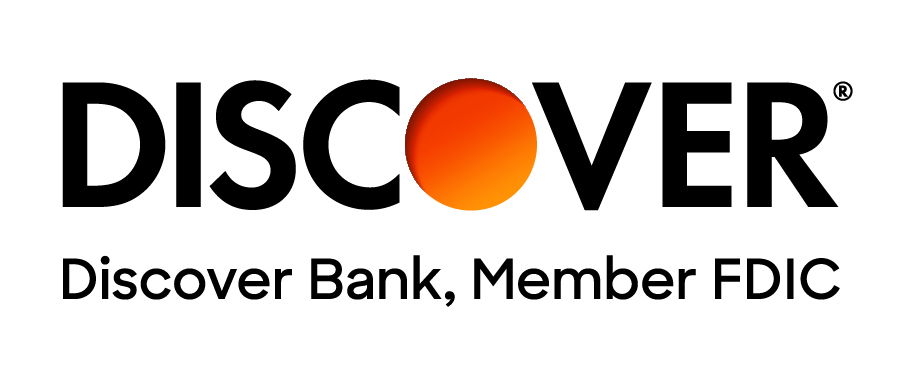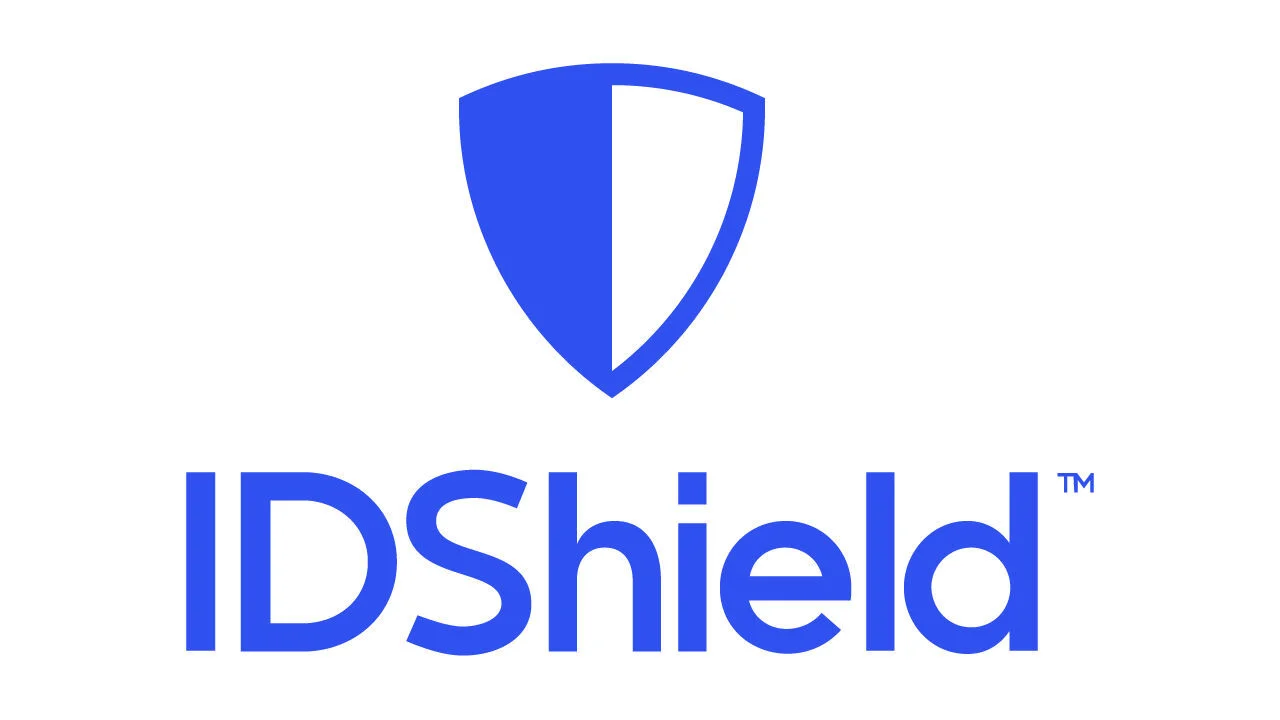The content and opinions provided on this site have not been provided or commissioned by any issuer of the financial products and/or services appearing on this site. The content and opinions have not been reviewed, approved or otherwise endorsed by an issuer. Offers may be subject to change without notice. For more information, please read our full disclaimer.
Identity theft is a serious crime where someone takes your personal information without your consent—like your name, Social Security Number, or bank details. Criminals use this information to steal money, create fake accounts, or file false insurance claims, often leaving you unaware of the damage. With digital technology on the rise, personal data breaches are becoming more frequent. Just in 2021, the U.S. Federal Trade Commission received nearly 1.4 million identity theft reports. It’s a growing problem that demands attention and careful protection of your personal information.
- Identity theft is a major concern for many individuals but taking simple steps can reduce the risk of becoming a victim.
- Ways to protect your personal information include setting up strong passwords, using two-factor authentication, monitoring credit reports regularly, and avoiding sharing private data online.
- Monitor your financial accounts regularly and look for any unusual activity or false charges.
- If you suspect identity theft has occurred, take immediate action by notifying the FTC and local law enforcement.
Cyber Attacks that can Cause Identity Theft
Anytime someone steals your personal information and uses it, it is considered identity theft. With the vast amount of information available on the internet, there are now several forms of identity theft you should be aware of. Your personal information is always at risk and this requires you to be diligent and aware of your personal information.
Sponsored Ad
Phishing
Phishing attacks are when an attacker creates emails that may contain malicious URLs or attachments and appear to be from a trusted brand, organization or person. The purpose of these emails is to trick you into performing an action such as disclosing confidential information, downloading malicious software /spyware or inject your browser with malicious code. With a few pieces of personal information, a criminal can easily open accounts in your name and leave you with to the trouble of proving your identity has been stolen.
Security professionals recommend that you do not open or respond to emails that you are not expecting. Be wary of all emails that contain URLs, attachments or ask you to do something. Review the tone of the email and ask yourself these questions:
- What is the purpose of the email?
- Do I know the sender?
- Are they trying to get me to do something?
Pharming
Pharming begins with an attacker installing malicious code on a victim’s computer or server. The code sends the victim to a spoofed website, where they may be tricked to input their personal data or login credentials for an online service or website. Pharming does not require a user to open a website themselves because they are automatically redirected to the attacker’s spoofed site.
Vishing
Vishing combines phishing and voice. In a vishing attack, criminals deceive people over the phone, alluring them to divulge sensitive information. This attack is normally leads to financial fraud and identity theft.
Smishing
Smishing combines text messaging [SMS] and phishing to harm you. Unknown numbers will text you claiming to be a reputable business or organization with an included link. The link will try to get you to enter login information, personal information, or other data used to open accounts and steal your identity.
Examples of smishing texts are alerts of packages that are unable to be delivered, questions about if you have made a large purchase recently or notice of suspicious activity from your bank account. Reach out directly to the bank, delivery service, or group if you have any questions or to verify if the information in the text is accurate.
Gain Peace of Mind and Sign Up to Protect Your Security, Credit, and Identity.
- Monitor for fraud and alerts
- Full-service identity restoration
- Credit bureau monitoring
Warning Signs of Identity Theft
There are many kinds of identity theft, but they all have the same goal—to get your personal information and commit financial fraud. Often, initial indicators of identity theft are unfamiliar charges on your bank statement or credit cards. It’s a good idea to check your monthly statements to verify each transaction. Scammers tend to try out the information they collected to ensure it works.
If you learn of new lines of credit opened in your name such as a new credit card or personal loan, you may have fallen victim to identity theft. You may think you’ll be notified about a new credit card or loan through a mailed letter, an email, or a phone call, but know thieves will often use a different address or number than the ones connected to you.
If your identity has been compromised, you may begin to receive calls from debt collection agencies that you have never heard of. You may unknowingly have large amounts of debt being racked up in your name. You may also be denied lines of credit, such as a new credit card, a loan, or a mortgage that you were sure you qualified for.
Many of these warning signs will also cause a drop in your credit score. A careful watch on your accounts and credit score can help you be aware and ready to take action to report the theft before you end up with expensive and possibly irreversible damages to your identity.
How to Protect Yourself from Identity Theft
Be Aware of Websites You Visit
Just like you should be aware of where you are and who is around you to prevent your wallet or purse from being stolen, be aware of what websites you visit. If you are uncertain about a website or link, hover over the URL to show the website text without clicking it. If the real link doesn't match the sender or doesn't match what you expect, assume it is malicious and do not click it. If you are unable to hover over the URL, use a reputable URL Scanner, such as VirusTotal. Copy and paste the URL into the URL search box, many well-known scan engines integrate with VirusTotal. It’s good practice refrain from clicking links or visiting websites you are not familiar with, as they can be malicious websites.
Don’t Overshare
Social media is very common and popular. It is easy to overshare information on social media. Be wary of what you share and who you are sharing information with. Many cyber criminals use open-source information such as social media to target you. Below are some helpful tips when posting to social media.
- Think before you post – Once you’ve posted something it is permanent, even if you delete it, someone could have saved or shared it before it was removed.
- Verify that your posts do not contain identifiable information that can be used to locate yourself or others. Also be careful that your posts do not unintentionally contain information such as financial or personal that you do not want someone to see or know.
- Be careful with whom you are sharing – Be wary of those you befriend on social media, a “friend” may be a criminal that has added you to get your information.
- Review your friends list – Periodically review whom you’ve befriended on social media, consider removing those who you don’t feel comfortable sharing your information or that you do not know.
- Review the privacy and security settings of your social media accounts. Familiarize yourself with the security settings available to protect yourself, your identity and your account.
- Be thoughtful of tagging – Be thoughtful of people you tag in photos and videos. Get permission before you tag others, they may not want their extracurricular activities known on social media. Criminals will also review friends and people who are tagged to gain more information about you. Most reputable groups will not request personal information through emails or texts. Government agencies typically contact you via a mailed letter. If a group, business, or government agency is asking you for specific information, go directly to the website and log in from the source.
Secure Your Devices
To protect your information from scammers and hackers, there are several steps you can take. Investing in reliable security software that automatically updates is a proactive measure to prevent attacks. Regularly changing your passwords and enabling multi-factor authentication provides an additional layer of security. With multi-factor authentication, a one-time code is sent to your phone number or email, making it more difficult for hackers to gain access to your accounts. Additionally, storing your files in multiple locations, such as a USB drive, an external hard drive, or the cloud, ensures you can safely recover your files in the event of an attack. These measures contribute to a robust security strategy.
If you click on a link or open an attachment that seems suspicious, take your device offline as soon as possible to help prevent the spread of a virus or malware. If you believe a breach has been made, contact the relevant parties, such as your financial institutions, to put a freeze on your account.
Regularly Review Your Finances
Depending on how you work with your money, you should take time to regularly review your finances. Setting apart a time either weekly or monthly to review what you’re spending can help you catch thieves using your financial accounts when you notice charges you don’t remember making. By quickly and honestly identifying fraud, you help keep your finances from ending up in serious jeopardy and allow your banking organization to quickly shut down your accounts.
Your bank or credit card provider may have protections against identity theft. If you notify them of fraudulent charges as soon as possible, your bank may be able to refund you of the money stolen. They may also have automated fraud detection systems that are triggered when unusual spending activity occurs. Check with your bank or credit card company to see what protections are put in place in regards to identity theft and fraudulent charges.
Another tool to help you keep your finances in check is to regularly check in with your credit score and credit report. Each year you have the option to receive a free credit report from each of the three major report companies, Equifax, Experian, and TransUnion. Checking annualcreditreport.com will give you access to these reports free of charge.
Reporting Identity Theft
If you receive any sort of communication you believe to be harmful with the intent to scam or steal your identity, visit the Federal Trade Commission’s (FTC) website to report the event and plan on how to recover. If you received an email you believe is phishing, forward the message to the FTC at [email protected]. If you’ve received a smishing message via text, forward the text message to SPAM (7726). To protect yourself, you may want to put a security freeze or a fraud alert on your credit.
Identity theft may be impossible to prevent, but you can take steps to protect yourself from becoming a target.









